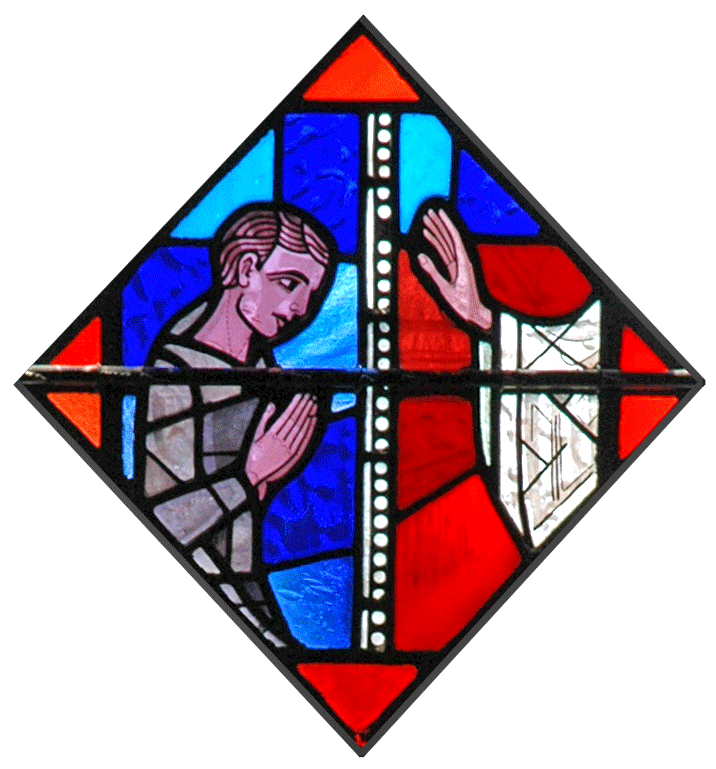We speak of the "40 days of Lent" because Sundays are not typically counted in Lent. This also leaves us with a number that is symbolic of the 40 days Christ spent fasting in the wilderness.
In the Western Christian calendar Ash Wednesday is the first day of Lent. The Eastern Orthodox church, however, typically does not observe Ash Wednesday and begins Lent instead on "Clean Monday."3. On Ash Wednesday, a priest or minister traditionally marks worshippers with an ash cross on there foreheads.
A cross symbolizes Christ's crucifixion and repentance. Ashes are placed on the forehead of worshippers in the sign of the cross as a symbol of repentance. The ash also reminds worshippers of their mortality4. When the minister or priest marks worshippers with ashes, These verses from Genesis 3:19 & Mark 1:15 is commonly recited.
This verse is from Genesis 3:19, Remember, O man, that you are dust, and unto dust you shall return.. The other verse commonly used upon the imposition of ashes is Mark 1:15, "Repent ye, and hear the good news." The ash is symbolic not only of repentance (think "sackcloth and ashes"), but of our mortality and of the ashes to which the body returns upon death. The ashes are a reminder to Christians that Christ has saved them from death.5. Burning palms from the previous year's Palm Sunday
Where do churches typically get the ashes that are used to mark worshippers' foreheads on Ash Wednesday? from palms that were burnt from the previous year's Palm Sunday. The ashes are traditionally produced when the palms used in the previous year's Palm Sunday celebration are burned. Because Jesus was praised and hailed by those waving palm leaves, and later crucified, this symbolizes how quickly people can turn from God to sin. The ashes are typically mixed with oil to form a paste for application to the forehead.6. The Christian churches on Ash Wednesday frequently used Psalm 51
Which of these is a line from Psalm 51?(Psalm 51:10-12) "Create in me a clean heart, O God; and renew a right spirit within me. Cast me not away from thy presence; and take not thy holy spirit from me. Restore unto me the joy of thy salvation; and uphold me with thy free spirit" Psalm 51 is perhaps the most famous penitential psalm, and it contains the most well known words.7. What day does Ash Wednesday immediately follow? "Mardi Gras" & "Paczki Day"
Mardi Gras, which is French for "Fat Tuesday," is the last night for eating richer, fattier foods before the Lenten ritual of fasting begins. The day is also sometimes called Shrove Tuesday, because worshippers are expected to shrive themselves (i.e. make confession) before Lent begins. Holy Tuesday occurs after Ash Wednesday, during the last week of Lent.8. For many Christians, Ash Wednesday is a time of fasting. What did Christ say to do while fasting?
Refrain from looking somber. Jesus said, "When you fast, do not look sombre as the hypocrites do, for they disfigure their faces to show men they are fasting. I tell you the truth, they have received their reward in full. But when you fast, put oil on your head and wash your face, so that it will not be obvious to men that you are fasting, but only to your Father, who is unseen; and your Father, who sees what is done in secret, will reward you" (Matthew 6:15-18).9. What is the earliest date Ash Wednesday can possibly occur?
February 4. Ash Wednesday is a "moveable feast", which means it falls on different calendar dates in different years. The date is dependent on Easter. The earliest it has ever fallen is on February 4th. It last fell on February 4th in 1818 and will do so again in 2285.10. In the Roman Catholic church, the Ash Wednesday ashes are a sacramental
A sacramental is a material object that is set apart and blessed. In Catholicism, there are only seven sacraments: baptism, confirmation, Holy Eucharist, penance, anointing of the sick, holy orders, and matrimony.

.jpg)
.jpg)
.jpg)
.jpg)
.jpg)
.jpg)
.jpg)

No comments:
Post a Comment